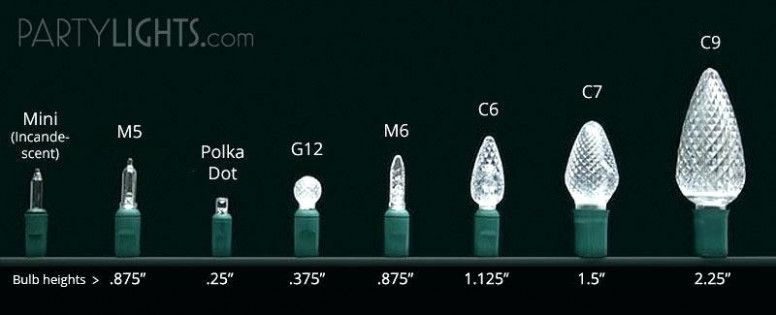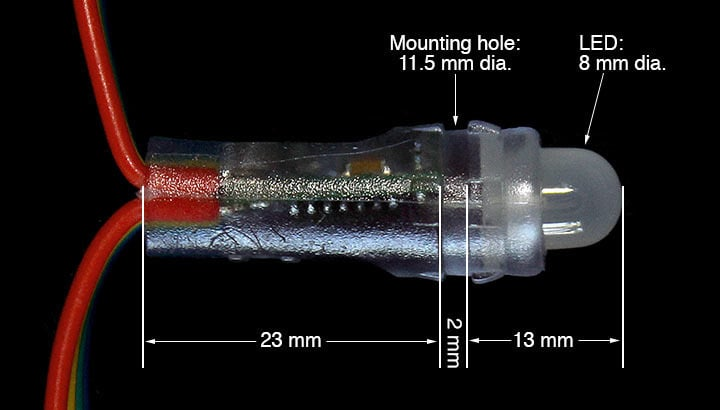view the rest of the comments
3DPrinting
3DPrinting is a place where makers of all skill levels and walks of life can learn about and discuss 3D printing and development of 3D printed parts and devices.
The r/functionalprint community is now located at: or !functionalprint@fedia.io
There are CAD communities available at: !cad@lemmy.world or !freecad@lemmy.ml
Rules
-
No bigotry - including racism, sexism, ableism, homophobia, transphobia, or xenophobia. Code of Conduct.
-
Be respectful, especially when disagreeing. Everyone should feel welcome here.
-
No porn (NSFW prints are acceptable but must be marked NSFW)
-
No Ads / Spamming / Guerrilla Marketing
-
Do not create links to reddit
-
If you see an issue please flag it
-
No guns
-
No injury gore posts
If you need an easy way to host pictures, https://catbox.moe may be an option. Be ethical about what you post and donate if you are able or use this a lot. It is just an individual hosting content, not a company. The image embedding syntax for Lemmy is 
Moderation policy: Light, mostly invisible



It's really the UV I'm worried about. Even my commercially-made snowflake lights are pretty yellowed and brittle now, and I think they're still less than a decade old (so less than 10 months of actual use).
That should tell you exactly why worrying about UV is a mug's game. This is going to be an issue with all polymers, even tough old polycarbonate.
You could probably improve matters by clearcoating your objects after printing. The stuff used on car headlights after polishing is specifically for this purpose, and I believe Krylon makes an "arts and crafts" oriented clear coat that's also billed specifically as UV protective and is probably cheaper.
That is a very good point!
Well, the difference here is that if they yellow out in 3 years, you can simply print replacements for a few bucks instead of junking the string.